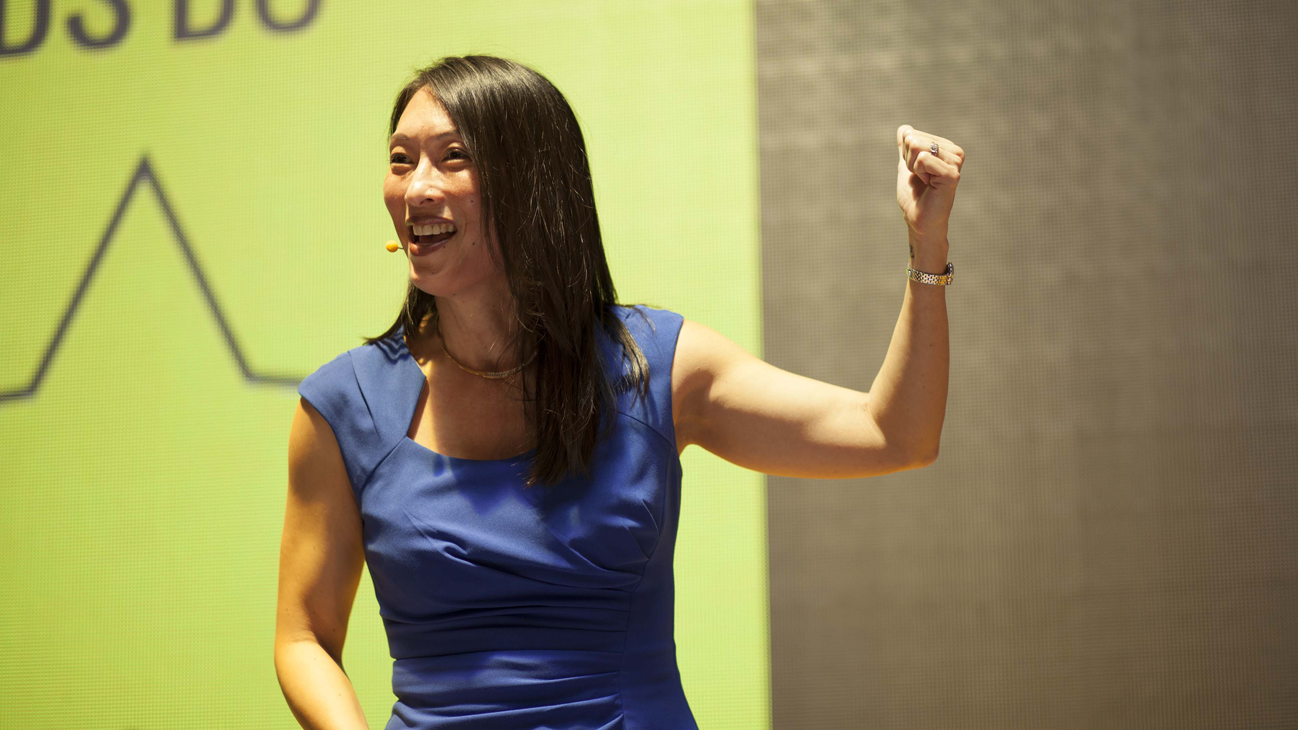Now more than ever, business leaders are looking for fresh ideas, new understanding, and actionable insights to jumpstart their business. Denise Lee Yohn inspires, informs, and instructs them with a completely different way of thinking about their business. Blending a fresh perspective, twenty-five years of experience working with world-class brands including Sony and Frito-Lay, and a talent for inspiring audiences, Denise is a leading authority on building and positioning exceptional brands. In this recent column for Forbes, Denise explains why customer experience is so important, especially with the holidays looming:
Customer experience is the new battlefield where the war for customers’ dollars and devotion is fought — especially this holiday season when brands will have to do more than offer free shipping and flash sales if they want to stand out.
And yet, you might be like the many business leaders who struggle to understand and manage their customer experiences effectively. Perhaps you’re operating with an incomplete, incorrect definition of customer experience. Customer service is only one aspect of the entire customer experience. Likewise, marketing and customer communications comprise only a fraction of a 360-degree experience. Customer experience is the sum of all interactions a customer has with a company.
Developing great customer experiences also requires you to understand the new reality we and our customers operate in today. Given all the tools people now have at their disposal, it’s not uncommon for customers to know more about businesses, their products, and their pricing than companies themselves do. Educated and empowered customers look past gimmicks and gestures for brands that deliver truly valuable experiences.
And people’s expectations have been elevated. Thanks to Uber, people are used to getting what/where/how/when/ they want it and they now expect on-demand personalized service from all companies.
All of this means that you need to design and deliver extraordinary customer experiences — or people will take their business elsewhere.
Extraordinary customer experiences should:
- Be entertaining. We are fundamentally emotional beings and we’re drawn to brands that make us feel something. Consider how Trader Joe’s makes grocery shopping — a weekly, monotonous chore — so entertaining. From the fun shirts employees wear, to the bell that’s rung to let crew members know they need to open new checkout stands, to the interesting new products featured in fun displays — all of these elements give the experience at Trader Joe’s a sense of exploration, discovery, and fun.
- Be empathetic. When you have a deep understanding of what your customers want and need, you can design a customer experience that really resonates with them. Virgin America shows how powerful this can be. Just like all companies owned by Richard Branson, Virgin America challenges convention for customers’ sake and addresses customers’ needs and wants that competitors over look. For example, their boarding passes are designed to be folded and fit in your pocket, with all the important information visible and the type size large enough so you can actually read it at a glance. It’s an intuitive and innovative solution that shows the brand has empathy.
- Engage the senses. You can increase your brand’s emotional appeal by engaging the five human senses — sight, sound, taste, touch, and smell. Apple stores display their laptop screens at precisely 70 degrees because that invites customers to touch and flip the products open and enjoy the hands-on experience. Bloomingdale’s uses different scents in different departments — coconut in swimwear and lilac in lingerie. Macy’s does something similar with sound in its New York flagship store, pumping loud, high-energy music on its new Milllennial floor while reserving more tame tunes for other areas. Each of these approaches help the brand make an emotional connection with customers and distinguish the experience in a memorable way.
- Be executed with excellence. Great brands consistently deliver high standards of excellence in their customer experiences. Consider how Chick-fil-A aims to provide a service level you’d expect to receive at finer establishments. When you thank its employees, the response you will always receive is “my pleasure” — not “no problem” or even “you ’re welcome.” Employees offer to refill guests ’ drinks and help them carry-out orders to their cars — even wielding an umbrella when necessary. And they even fold down the corners of the toilet paper in the restrooms!
- Embody the brand. Extraordinary experiences aren’t just sensitive, sensorial, and seamless — they are also different. They embody distinctive brand values and attributes that no one else can copy or do as well. IKEA provides an excellent example. Its brand is grounded in the mission “to create a better everyday life for the many people.” So every aspect of its customer experience embodies this unique philosophy — from the low prices of its products to displays that demonstrate how their modular pieces fit any lifestyle and budget to the do-it-yourself shopping process that keeps costs down. All of this creates a unique vibe in its stores that is distinctly IKEA.
These days, everyone seems to offering pretty much the same products and most brands quickly copy each others’ service and promotional strategies. But your customer experience can highlight unique your brand attributes and convey a one-of-a-kind brand personality. You also increase customers’ value perceptions because you’re delivering benefits beyond the functionality of the products or services you sell.
When you deliver on all five of these dimensions — these five “E’s” — you create customer experiences that are emotional, impactful, and memorable. You create extraordinary customer experiences that help you win competitive battles and win customers over.

